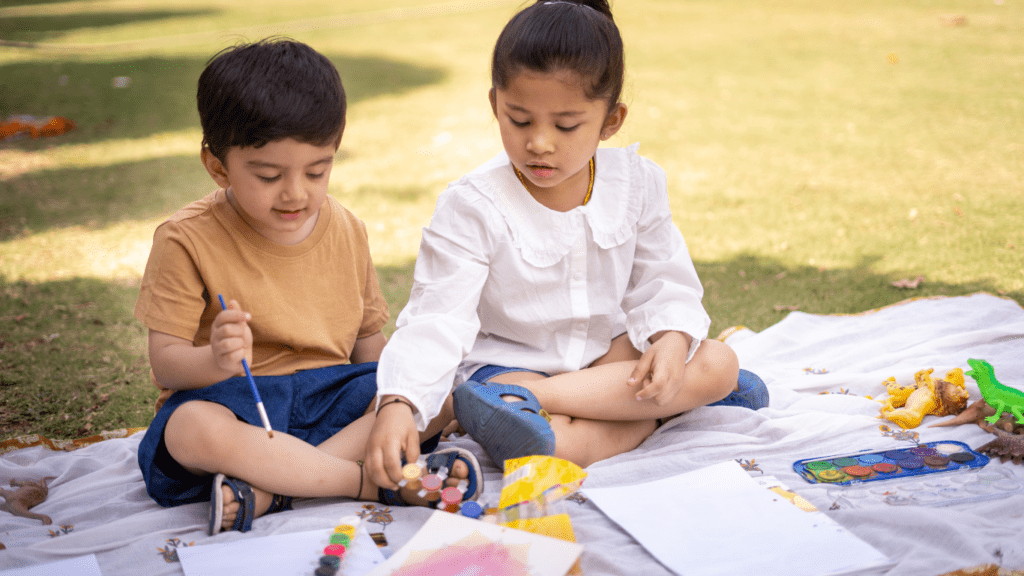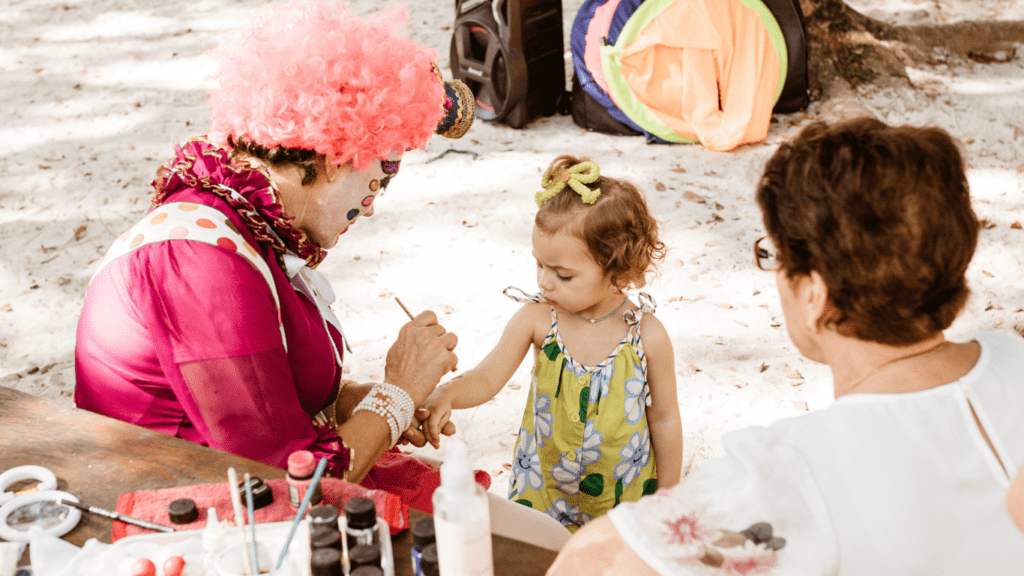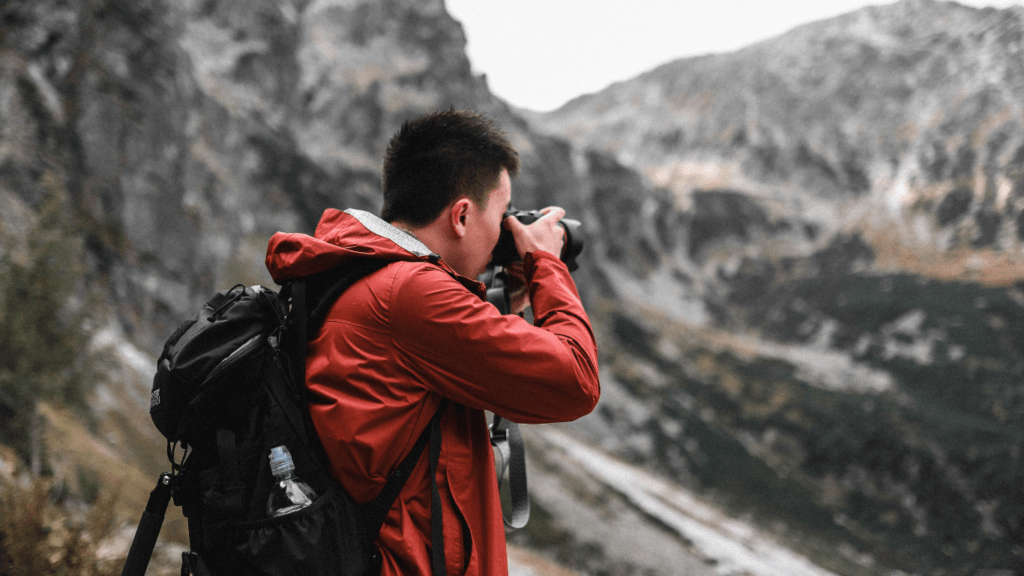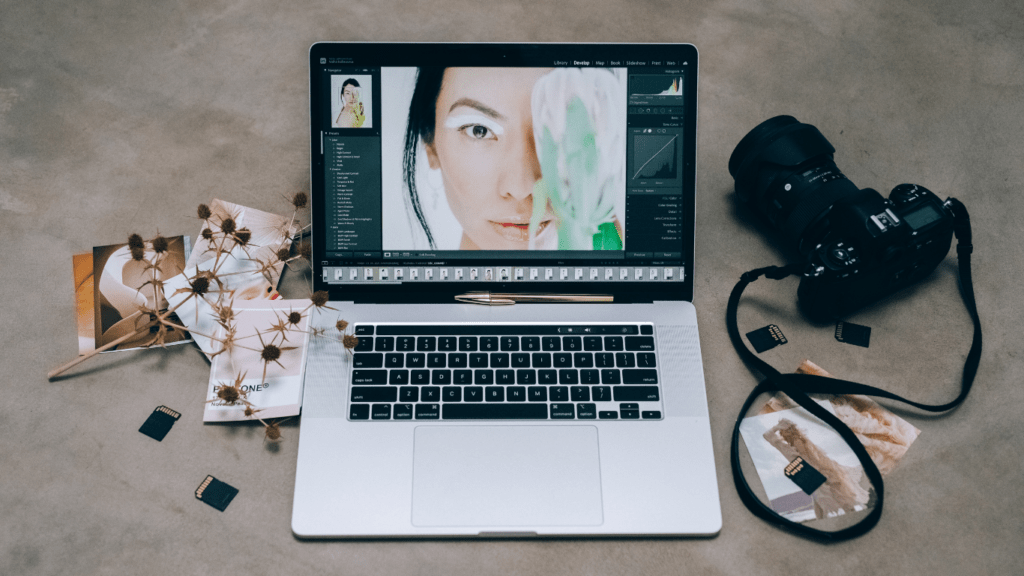Ever wondered how to unleash your creativity swiftly onto the canvas? In the world of art, speed painting is a thrilling technique that allows artists to capture their vision rapidly and with precision. As an artist myself, I’ve discovered a range of tips and tricks that can help you elevate your speed painting game to new heights.
When it comes to creating art quickly and effectively, mastering the art of time management is key. From selecting the right tools to choosing the perfect color palette, every decision plays a crucial role in accelerating your painting process. In this article, I’ll share some insider secrets on how to streamline your workflow, boost your productivity, and ultimately, create stunning artworks in record time.
Overview of Speed Painting
Speed painting is a technique that allows artists to swiftly and accurately bring their artistic vision to life on canvas. Mastering time management, choosing the right tools, and selecting a suitable color palette are crucial elements in accelerating the painting process. As an artist, I share valuable tips and tricks to enhance your speed painting skills, optimize workflow, increase efficiency, and produce remarkable artworks quickly.
Tip 1: Proper Preparation
Setting Up Your Workspace
Ensuring an organized and well-equipped workspace is crucial for effective speed painting. I personally find that having a clutter-free environment with easy access to my materials helps me work more efficiently. By organizing your space and having all your tools within reach, you can minimize distractions and focus on the creative process.
Selecting the Right Tools
Choosing the appropriate tools is essential for speeding up your painting process. I recommend selecting high-quality brushes, paints, and other materials that suit your painting style. Having the right tools not only helps in achieving the desired effects but also saves time during the painting process. Invest in tools that feel comfortable to use and enhance your workflow.
Tip 2: Time Management Techniques
When it comes to speed painting, effective time management is key to boosting productivity and creativity. Here are some essential strategies to help artists optimize their painting process:
Setting Clear Goals
Clarify your artistic goals before starting a painting session. Define what you aim to achieve in terms of theme, style, and overall concept. Having a clear vision will guide your workflow and prevent unnecessary delays during the creative process.
Establishing a Routine
Develop a consistent painting routine that works best for you. Whether it’s allocating specific time slots each day for painting or setting weekly goals, creating a routine can enhance focus and productivity. Stick to your schedule to cultivate discipline and improve time management skills.
Prioritizing Tasks
Identify the most critical aspects of your painting that require immediate attention. Prioritize tasks based on their importance and impact on the final artwork. By focusing on key elements first, you can streamline the painting process and avoid getting bogged down by less significant details.
Using Time-saving Techniques
Explore various time-saving techniques such as underpainting, layering, or working on multiple pieces simultaneously. Experiment with different approaches to find what works best for you in terms of efficiency and quality. Implementing these techniques can help expedite the painting process without compromising the artistic outcome.
Tip 3: Brush Techniques for Efficiency
When it comes to speed painting, using the right brush techniques can significantly enhance your efficiency in creating art quickly and effectively. By mastering various brush strokes and knowing how to manipulate your brushes, you can streamline your painting process and achieve impressive results in less time.
- Use larger brushes for broad strokes: Opt for larger brushes when you need to cover large areas or create bold, sweeping movements in your artwork. Larger brushes allow you to apply paint more quickly, making it easier to establish the foundation of your piece.
- Experiment with different brush pressures: Varying the pressure you apply to your brush can create diverse effects in your painting. Light pressure is great for delicate details, while heavier pressure can be used for bolder and more defined strokes. By mastering brush pressure, you can add depth and dimension to your artwork efficiently.
- Practice efficient brush loading: Loading your brush correctly can save you time and ensure smooth paint application. Avoid overloading your brush, as it can lead to messy and imprecise strokes. Instead, focus on loading just enough paint to cover the area you’re working on, allowing you to work efficiently and maintain control over your brushstrokes.
- Utilize different brush shapes: Experimenting with various brush shapes can help you achieve different textures and effects in your paintings. Flat brushes are great for creating sharp lines and broad strokes, while round brushes are perfect for intricate details and blending colors. By understanding how each brush shape functions, you can work more efficiently and bring your artistic vision to life effectively.
By incorporating these brush techniques into your speed painting practice, you can elevate your efficiency, improve the quality of your artwork, and create stunning pieces in a shorter amount of time. Mastering brush manipulation is key to unlocking your full artistic potential and honing your skills as a speed painter.
Tip 4: Utilizing Color and Lighting
When it comes to speed painting, leveraging color and lighting effectively can significantly impact the efficiency and quality of your artwork. By mastering the use of color and lighting in your pieces, you can create dynamic and visually striking paintings in less time.
Opt for a Limited Color Palette
Utilizing a limited color palette can streamline your painting process and help you make quick decisions while creating your artwork. By focusing on a few key colors, you can achieve a harmonious composition and maintain a cohesive look throughout your piece. This approach not only saves time but also ensures that your colors work well together, enhancing the overall impact of your painting.
Play with Lighting Effects
Experimenting with different lighting effects can add depth and dimension to your paintings, making them more visually appealing. Whether you’re working on a landscape, portrait, or abstract piece, understanding how light interacts with surfaces and objects can elevate the realism and drama of your artwork. By incorporating light and shadow effectively, you can create a sense of atmosphere and mood in your paintings, captivating viewers and conveying your artistic vision more effectively.
Consider Color Temperature
Understanding color temperature can help you evoke specific moods and convey different emotions in your paintings. Warm colors like reds, oranges, and yellows can create a sense of warmth, energy, and vibrancy, while cool colors like blues and greens can evoke calmness, tranquility, and depth. By strategically using warm and cool tones in your artwork, you can control the emotional impact of your paintings and guide the viewer’s perception of your work.
Harness the Power of Contrast
Contrast is a powerful tool that can enhance the visual impact of your paintings and draw the viewer’s attention to focal points within your artwork. By juxtaposing light and dark tones, colors, and values, you can create dynamic compositions that command attention and create visual interest. Experimenting with contrasts in your paintings can help you create depth, drama, and visual tension, adding an extra layer of complexity to your artwork.
By integrating color theory and lighting principles into your speed painting process, you can elevate the quality of your artwork and produce captivating pieces in a more efficient manner. Mastering the use of color and lighting techniques will not only enhance the overall visual appeal of your paintings but also enable you to express your creativity more effectively, pushing the boundaries of your artistic capabilities as a speed painter.





